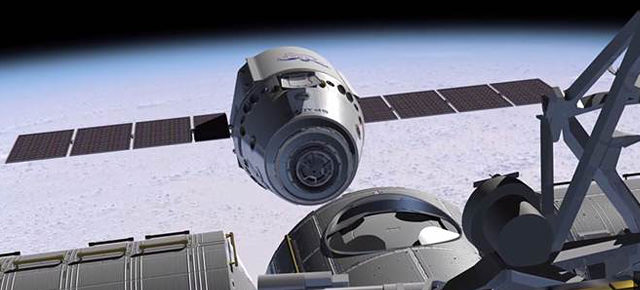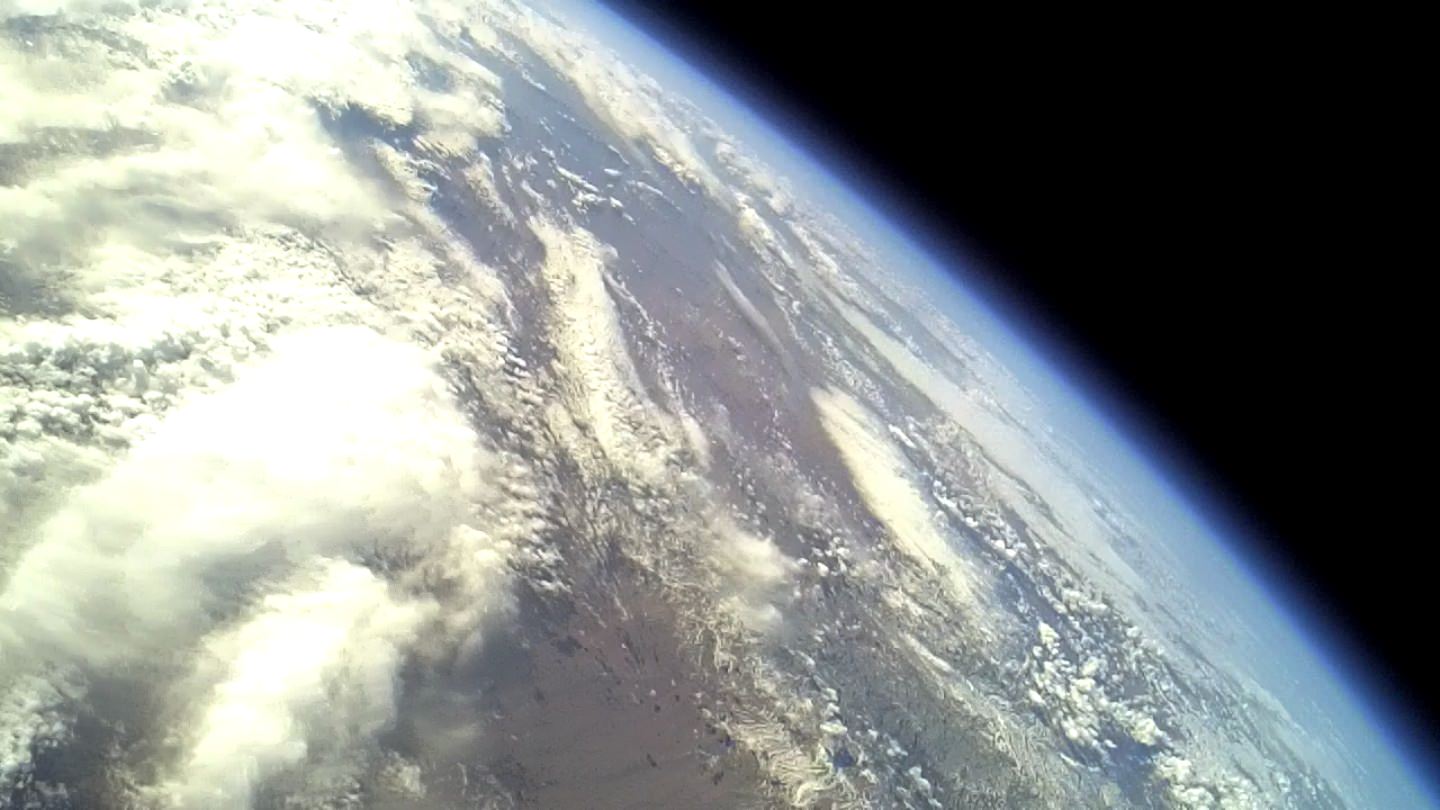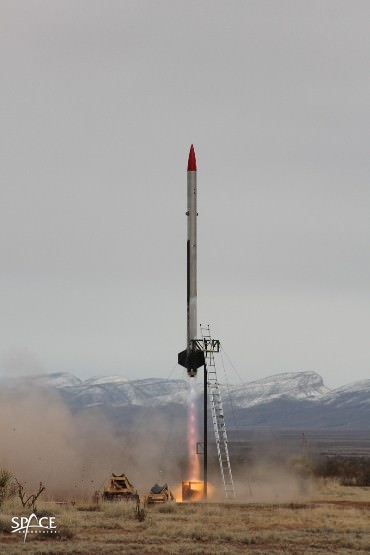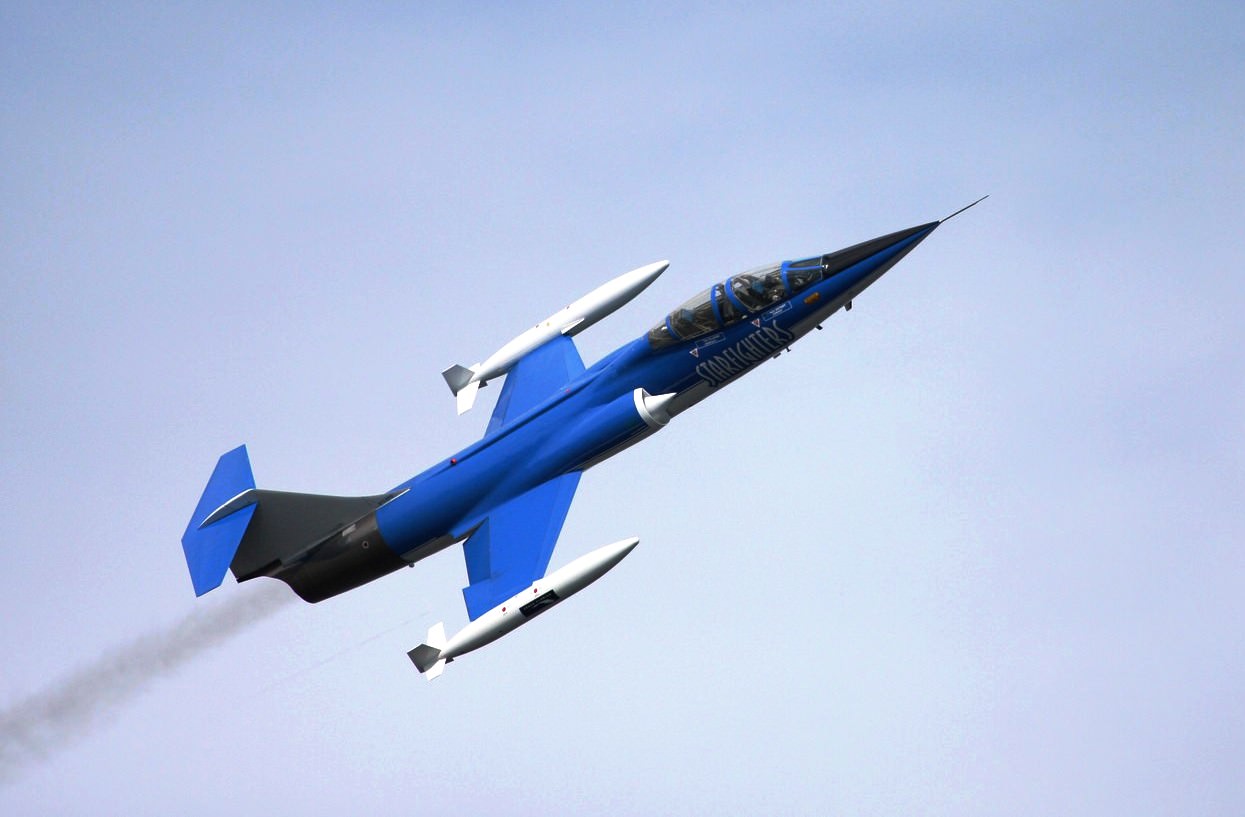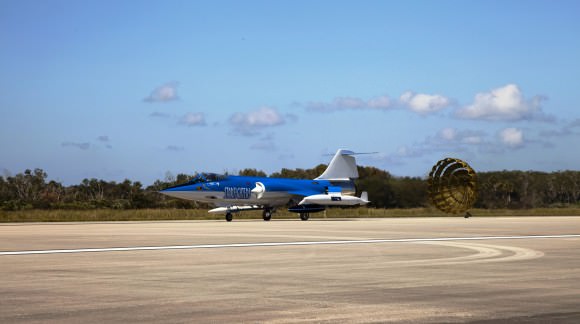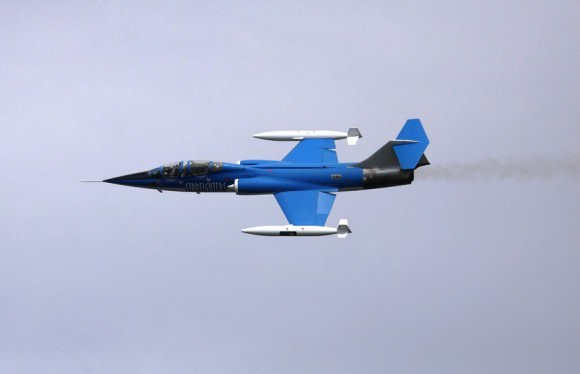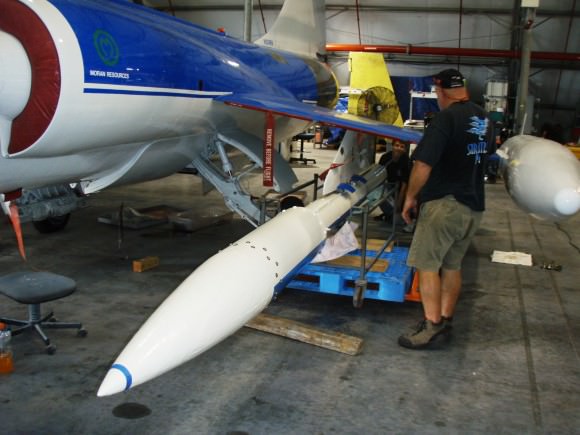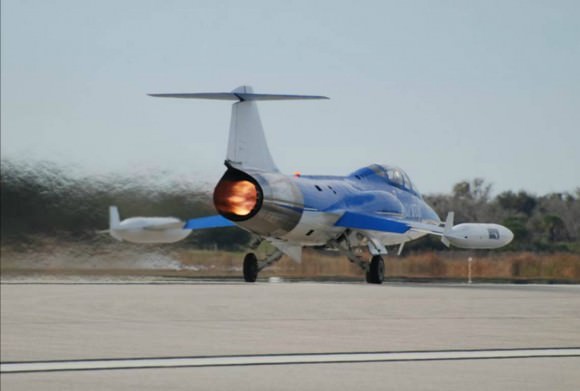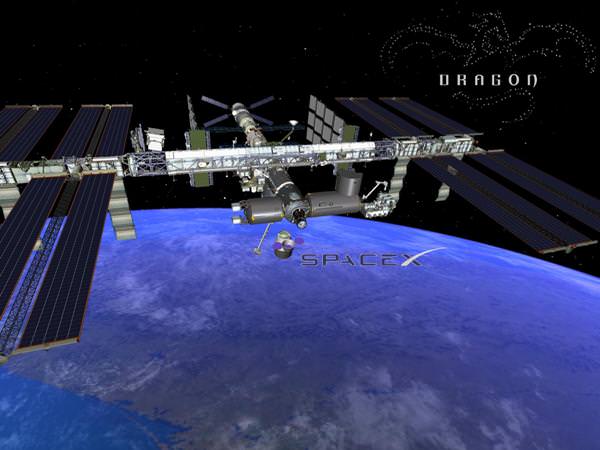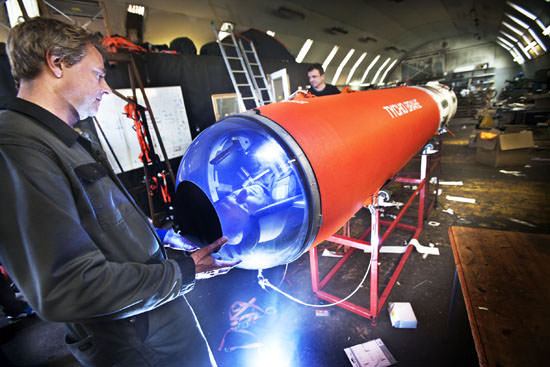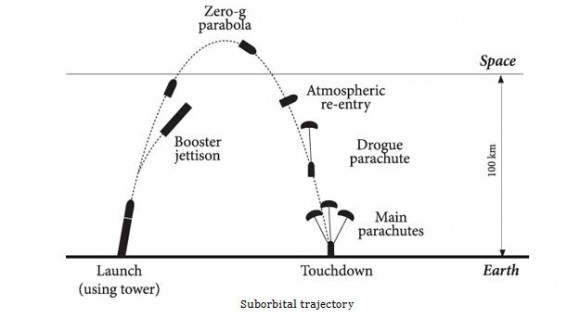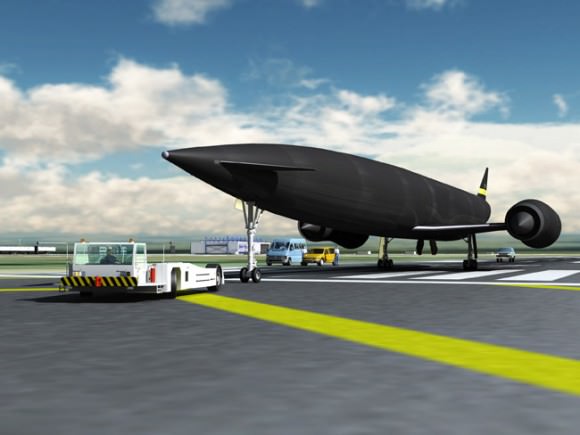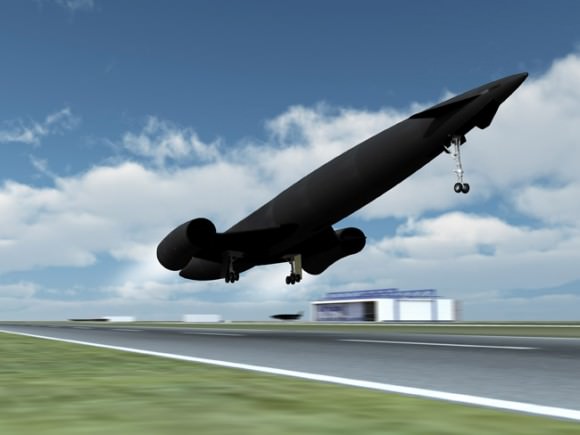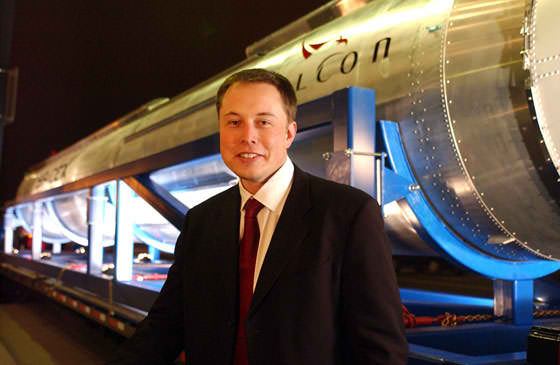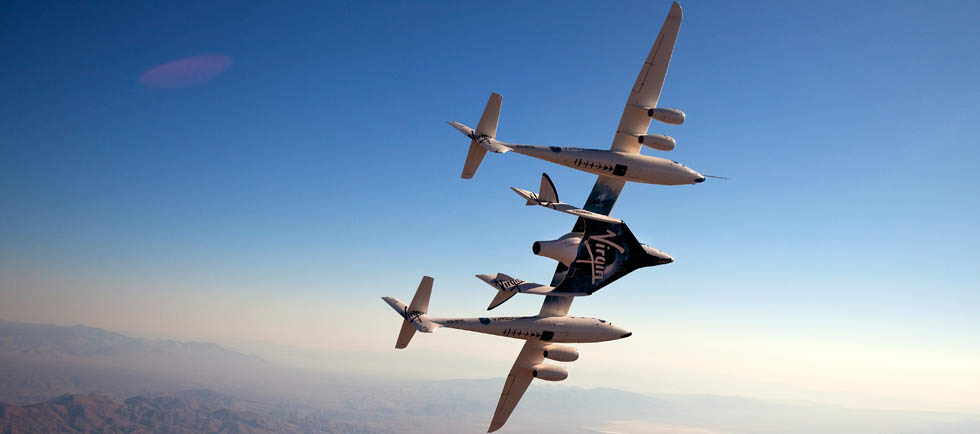[/caption]
The Dragon has grown its mighty wings
SpaceX’s Dragon spacecraft has gotten its wings and is set to soar to the International Space Station (ISS) in about a month. NASA and SpaceX are currently targeting a liftoff on Feb. 7 from Space Launch Complex 40 at Cape Canaveral Air Force Station in Florida.
Dragon is a commercially developed unmanned cargo vessel constructed by SpaceX under a $1.6 Billion contract with NASA. The Dragon spacecraft will launch atop a Falcon 9 booster rocket also built by SpaceX, or Space Exploration Technologies.
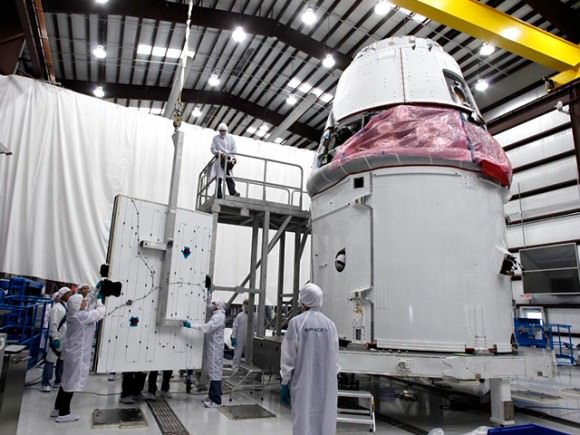
The Feb. 7 demonstration flight – dubbed COTS 2/3 – represents the first test of NASA’s new strategy to resupply the ISS with privately developed rockets and cargo carriers under the Commercial Orbital Transportation Services (COTS) initiative.
Following the forced retirement of the Space Shuttle after Atlantis final flight in July 2011, NASA has no choice but to rely on private companies to loft virtually all of the US share of supplies and equipment to the ISS.
The Feb. 7 flight will be the first Dragon mission actually tasked to dock to the ISS and is also the first time that the Dragon will fly with deployable solar arrays. The twin arrays are the primary power source for the Dragon. They will be deployed a few minutes after launch, following Dragon separation from the Falcon 9 second stage.
The solar arrays can generate up to 5000 watts of power on a long term basis to run the sensors and communications systems, drive the heating and cooling systems and recharge the battery pack.
SpaceX designed, developed and manufactured the solar arrays in house with their own team of engineers. As with all space hardware, the arrays have been rigorously tested for hundreds of hours under the utterly harsh conditions that simulate the unforgiving environment of outer space, including thermal, vacuum, vibration, structural and electrical testing.
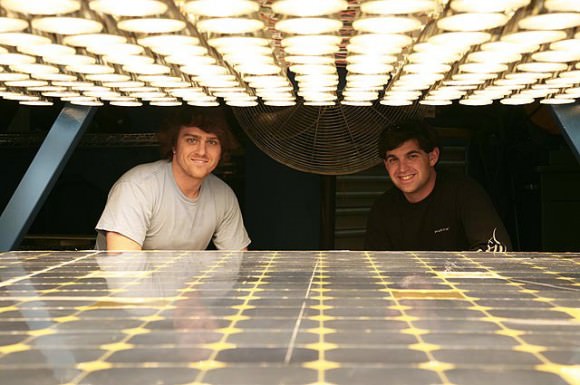
The two arrays were then shipped to Florida and have been attached to the side of the Dragon’s bottom trunk at SpaceX’s Cape Canaveral launch processing facilities. They are housed behind protective shielding until commanded to deploy in flight.
Video Caption: SpaceX testing of the Dragon solar arrays. Credit: SpaceX
I’ve toured the SpaceX facilities several times and seen the Falcon 9 and Dragon capsule launching on Feb. 7. The young age and enthusiasm of the employees is impressive and quite evident.
NASA recently granted SpaceX the permission to combine the next two COTS demonstration flights into one mission and dock the Dragon at the ISS if all the rendezvous practice activities in the vicinity of the ISS are completed flawlessly.
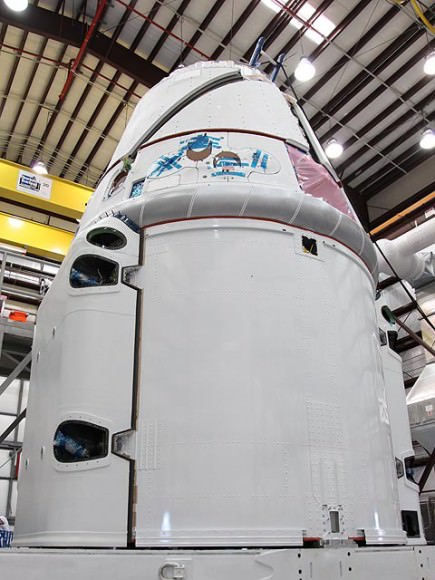
The ISS crew is eagerly anticipating the arrival of Dragon, for whch they have long trained.
“We’re very excited about it,” said ISS Commander Dan Burbank in a televised interview from on board the ISS earlier this week.
The ISS crew will grapple the Dragon with the station’s robotic arm when it comes within reach and berth it to the Earth-facing port of the Harmony node.
“From the standpoint of a pilot it is a fun, interesting, very dynamic activity and we are very much looking forward to it,” Burbank said. “It is the start of a new era, having commercial vehicles that come to Station.”
Burbank is a US astronaut and captured stunning images of Comet Lovejoy from the ISS just before Christmas, collected here.
Read recent features about the ISS and commercial spaceflight by Ken Kremer here:
Dazzling Photos of the International Space Station Crossing the Moon!
Absolutely Spectacular Photos of Comet Lovejoy from the Space Station
NASA announces Feb. 7 launch for 1st SpaceX Docking to ISS
Jan 11: Free Lecture by Ken at the Franklin Institute, Philadelphia, PA at 8 PM for the Rittenhouse Astronomical Society. Topic: Mars & Vesta in 3 D – Plus Search for Life & GRAIL

